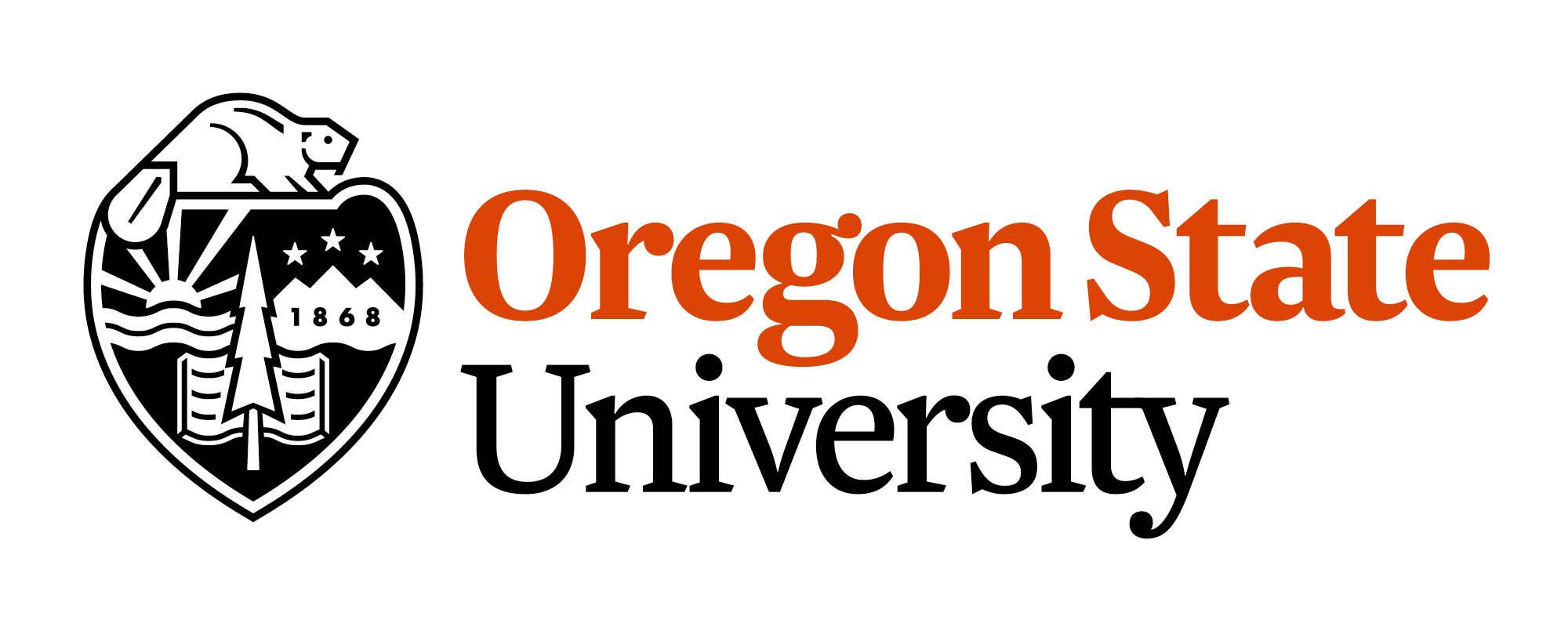Can LEO Satellites Enhance the Resilience of Internet to Multi-Hazard Risks?
Climate change-induced and naturally-occurring multi-hazard risks (e.g., Cascadia megathrust earthquake followed by tsunamis in the U.S. Pacific Northwest or PNW) threaten humanity and society, in general, and critical Internet infrastructures, in particular. While mitigating the impacts of these hazards, in isolation, on terrestrial infrastructures has been the focus of prior efforts, we lack an in-depth understanding of infrastructure hardening efforts using non-terrestrial deployments such as low earth orbit or LEO satellites in the face of multi-hazard risks.
In this talk, we will discuss our efforts on how LEO satellites can bolster the resilience of Internet infrastructure in the Pacific Northwest (PNW) against multi-hazard risks. In particular, we will describe a first-of-its-kind simulator called MAZE to understand the impacts that multi-hazard risks, each of which combined or in isolation, pose to wired and wireless infrastructures in the PNW. Using MAZE, we show how two key challenges faced by first responders today can be addressed: (1) navigating the cost vs. performance trade-offs in the hybrid routing of traffic between terrestrial and non-terrestrial networks during disasters, and (2) comparing the efficacy of using LEO satellites against a terrestrial risk-aware routing strategy (ShakeNet) and a global satellite network (BGAN) for emergency communication during multi-hazard risks. Our assessments show that LEO satellites offer two orders of magnitude latency improvement and 100s of thousands of dollars in saving, all while maintaining network connectivity in the face of multi-hazard risks.
